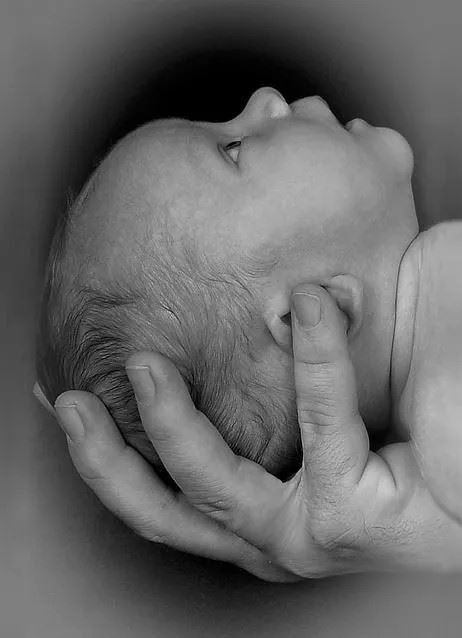By Dansker & AspromonteDecember 22, 2016
Birth injuries are more common than you may realize. Birth trauma injuries occur in about seven of 1,000 births in the United States. As a rate, that doesn’t sound high, but in real numbers it means that more than 500 infants each week suffer an injury at birth. In most cases, these injuries were avoidable, and occur as the result of medical malpractice.
Some types of birth injury are immediately obvious, or are signaled by symptoms that let parents and doctors know right away that further investigation is required. Some of these include:
- A bluish cast to the skin, indicating oxygen deprivation
- Hematoma
- Oddly positioned or unmoving limbs
However, recognizing birth injuries is often more difficult, and sometimes will not occur immediately after birth. An infant can’t tell you he’s in pain or what hurts, and there are many possible reasons that a baby might be fussy. Further, some types of injury emerge only as a child grows older and mental or physical development does not keep pace with expectations. By that time, many parents do not recognize that those symptoms could be tied to incidents that occurred at birth.
Birth Injuries that May Not be Immediately Identified
- Brain Injuries at Birth: In many cases, there are signs that point to a possible brain injury, such as physical damage to or malformation of the head or signs of oxygen deprivation. However, brain injuries sometimes remain undetected at the outset. For example, an infant with a brain bleed may not exhibit any symptoms immediately.
- Erb’s Palsy: Erb’s Palsy, more technically described as brachial plexus injury, is one of the most common birth injuries. Damage to the nerve in the shoulder may cause pain, or may cause a loss of sensation. The arm may be oddly positioned, or the baby may be unable to move the arm. This condition may lead to lifelong limitations on use of the arm.
- Broken Bones: About one in 1,000 infants suffer a broken bone during delivery. Some of the most common include the clavicle and the femur. Though some of these injuries are immediately apparent, they are often not detected until after parents have taken the child home from the hospital and begin to notice pain, difficulty in movement of a limb or other symptoms.
For a free legal consultation, call (212) 540-2984
Advocate for Your Child if You Suspect a Birth Injury
You rely on the medical professionals who deliver and care for your infant, and you may be reluctant to push too hard if the doctor seems unconcerned. However, if you suspect that your baby is having difficulties after birth, it is critical that you do not dismiss those concerns too lightly. If your baby was injured at birth and the injury went undetected then, you should not assume that it will be detected in brief examinations shortly after birth.
While the doctors and nurses have medical training, you are the one observing your baby on a regular basis and may notice something that is not apparent in a 15-minute consultation. If your concerns are dismissed, consider seeking a second opinion.
Get the Right Legal Advice after a Birth Injury
Advocating to ensure that your child is properly diagnosed and treated is only part of the battle. Many birth injuries cause lifelong limitations or require lifelong medical care. If your child has suffered a serious birth injury, you should speak with an experienced New York birth injury lawyer as soon as possible, to learn more about how to ensure that you have the resources necessary to provide appropriate care for your child.
You can schedule a free consultation right now by dialing (212) 540-2984 or filling out the contact form on the right-hand side of this page.

